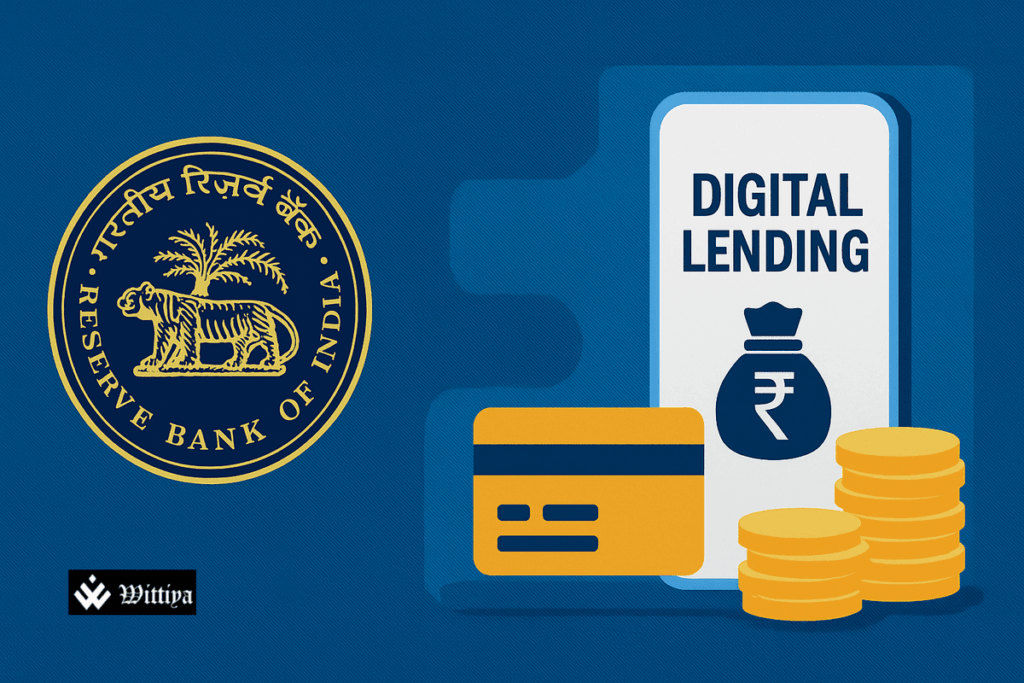India’s central bank, the Reserve Bank of India (RBI), will implement a new set of digital lending regulations starting May 13, 2025. These rules aim to enhance consumer protection, ensure transparency, and tackle misuse by unregulated apps. The guidelines mandate registration of all lending apps and reinforce that only banks and NBFCs can issue digital loans.
In a decisive step towards regulating India’s fast-growing digital lending ecosystem, the Reserve Bank of India (RBI) has implemented new rules to ensure consumer safety, transparency, and data protection. The changes, which take effect from May 13, 2025, are designed to address widespread concerns about predatory practices by unregulated apps and fintech platforms.
Established in 1935, the Reserve Bank of India is India’s central banking institution, responsible for issuing currency, managing monetary policy, and overseeing the financial system. Its latest digital lending directives are a part of a broader effort to bring accountability to the online credit market.
Under the new Digital Lending Directions, all digital lenders must register their loan apps with the Centralised Information Management System (CIMS) portal by June 15. A verified public list of approved lending apps will be released by July 1. This move is expected to shield consumers from fraudulent and illegal platforms.
Further, the guidelines prohibit fintech platforms from issuing loans independently. Only regulated financial institutions, such as banks or Non-Banking Financial Companies (NBFCs), can disburse digital loans. Fintechs may serve only as intermediaries or service providers for these regulated lenders.
“By setting out explicit expectations on how lending platforms engage with regulated participants… the framework addresses long-standing operational risks,” said Puja Singh, CEO of Manipal Fintech, a leading digital finance platform in India.
To strengthen borrower transparency, all digital loan agreements must now include digitally signed contracts and a Key Fact Statement detailing interest rates, charges, repayment terms, and penalties. Also, lenders are barred from increasing a borrower’s credit limit without explicit consent—a practice previously misused by some apps.
Fintech platforms are also required to adopt stricter data privacy protocols. They must obtain borrower consent before collecting or using sensitive information and establish proper grievance redressal systems.
“The new guidelines are not a hurdle but an opportunity to rebuild trust,” said Ratul Paul, Chief Data Officer at Ecofy, a sustainable finance company. “It ensures long-term digital lending practices rooted in transparency and compliance.”
The regulations have been welcomed by responsible fintech operators and consumer rights advocates, even though some startups may face operational challenges during the transition.
Pramod Kathuria, CEO of Easiloan, emphasized the need for regulated entities to closely monitor their Lending Service Providers (LSPs): “This is crucial for mitigating credit delivery risks through digital channels.”
As India works toward financial inclusion and a resilient credit ecosystem, RBI’s regulatory reset appears to be a foundational step in creating a digital lending market that prioritizes security, fairness, and long-term growth.



